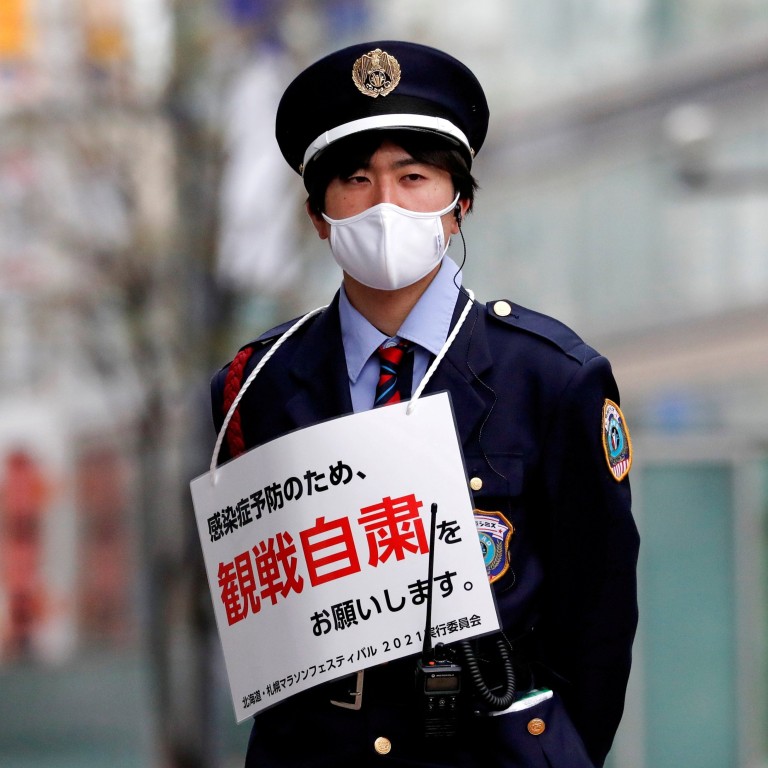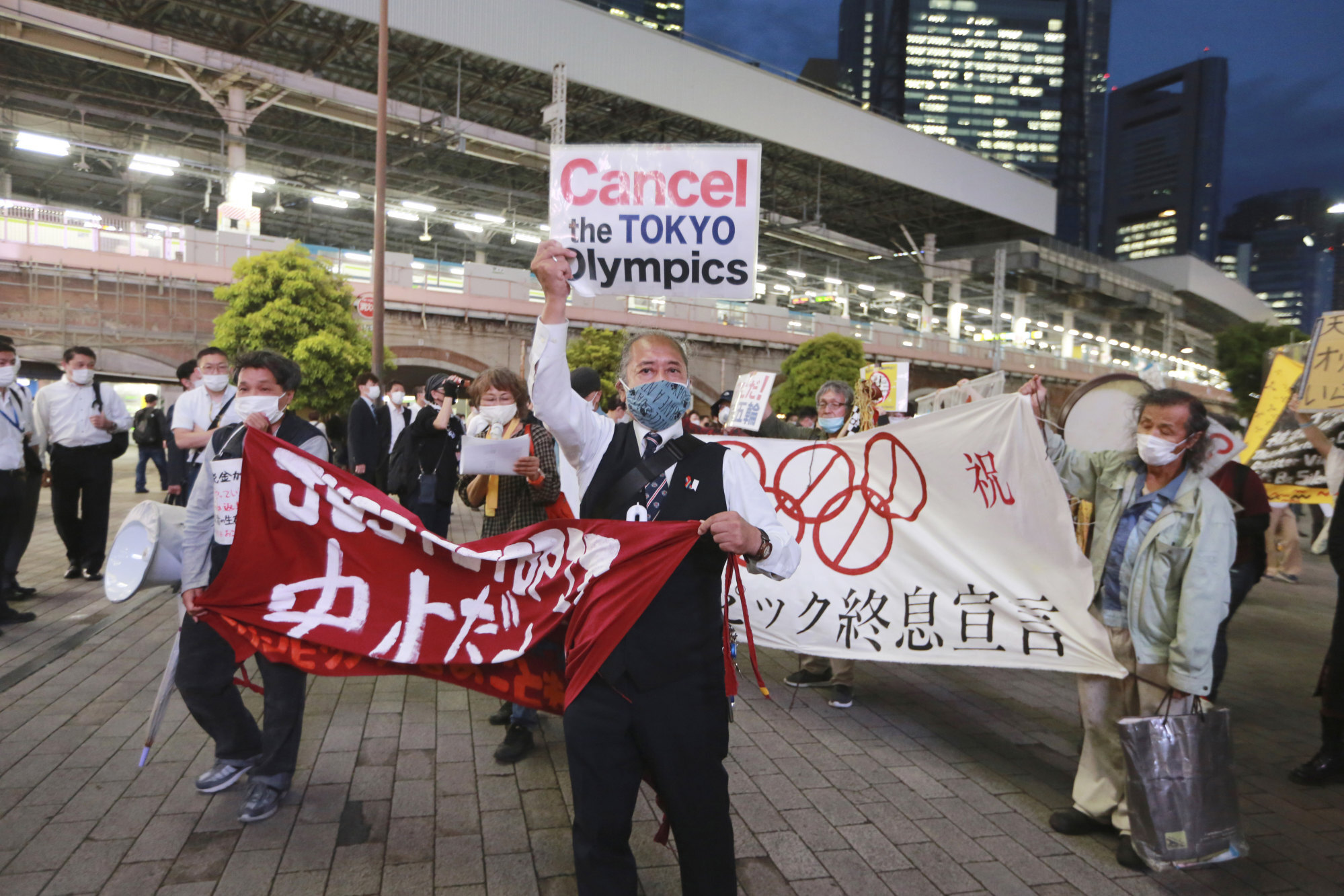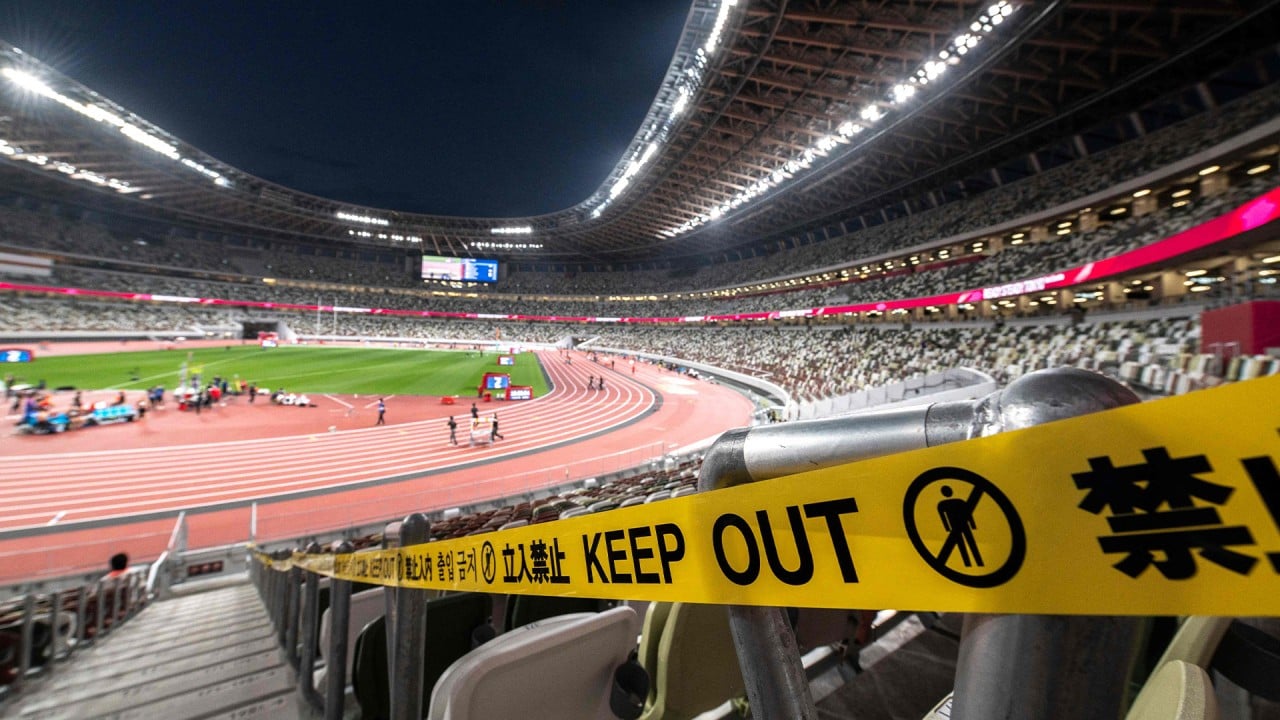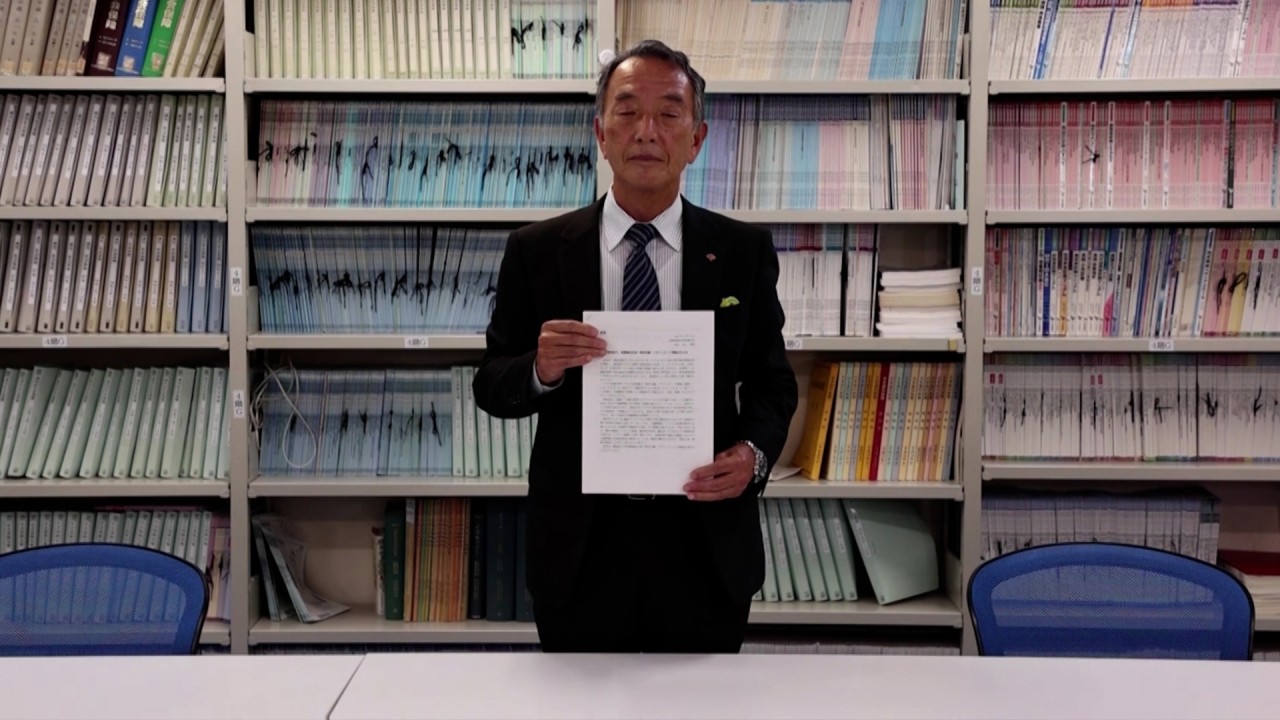
Japan accused of ‘massaging’ coronavirus figures ahead of Tokyo Olympics
- A new counting method adopted in June leaves out some groups from bed occupancy figures, immediately bringing some areas to within the limits set by medical advisers for a safe Games
- Critics accuse the health ministry of a ‘blatant attempt to make things appear better than they are’, while health experts warn another wave of infections is inevitable and could peak just as the Olympics begin
Previously, the total bed occupancy rate for people with the virus included inpatients in hospitals as well as people quarantining at home as they waited to be admitted to a hospital for treatment. It also included people who were not in hospital beds specifically set aside for coronavirus patients.
Under the health ministry’s revised calculation method, people at home awaiting a space in a hospital are no longer counted in the bed occupancy rates. Similarly, non-critical coronavirus patients in ordinary hospital wards have been dropped from the ministry’s totals.
The new method immediately enabled the ministry to reduce the number of prefectures with bed occupancy rates above 50 per cent – considered to be Stage 4 of “explosive infection rate” and where the health-care system is on the brink of collapse – from 20 prefectures to just 11.
The hospital bed occupancy rate is significant as it is one of the indicators that the government uses to monitor the pandemic and introduce or cancel state-of-emergency orders.
Thanks to the new figures, the government was able to announce on Thursday that it will on Monday lift the state of emergency restrictions in three prefectures as infection figures have fallen sufficiently in recent weeks. Bans on restaurants and bars serving alcohol will be lifted and venues will no longer have to close at 8pm in Gunma, Ishikawa and Kumamoto prefectures. The government is expected to make a similar decision for five further prefectures next week.
Tokyo Olympics: Covid-19 restrictions a headache as dope testers remain on high alert to catch drug cheats
Katsunobu Kato, the chief cabinet secretary, said in a press conference this week that the changes in the calculation method was done to “unify” the way the figures are collated nationwide and would give the authorities a better understanding of the number of people occupying beds.
The Ministry of Health, Labour and Welfare declined to comment to the South China Morning Post.
The Japan Subculture Research Centre, an investigative website, questioned Kato’s rationale, suggesting, “The question that many people are asking is [if] the ministry is trying to accurately reflect the state of Japan’s health-care system or trying to massage the numbers to make it look as if everything is fine.

“With Japan holding the Olympics in less than 50 days, it seems like a blatant attempt to make things appear better than they are.”
Yoko Tsukamoto, a professor of infection control at the Health Sciences University of Hokkaido, said the new calculation method appears to be “less accurate and does not really explain what is really happening in different parts of the country”.
“We know that there are more variants of the virus in Japan now and the government should be doing everything it can to give health professionals and the public the information they need,” she said. “We cannot hope to fight this thing if we do not have accurate information about what it is and where it is.”
Japanese health authorities reported 2,046 new cases nationwide on Thursday, down from 2,224 the previous day and down from a high of 7,057 cases on May 12 at the peak of the fourth wave of the virus.
Tokyo Olympics: public opposition wanes, but doctors still worry Games will worsen Japan’s coronavirus crisis
Another wave ‘inevitable’
But health experts, including Tsukamoto, believe that yet another wave is inevitable and could peak in mid or late July. The Games are scheduled to open on July 23.
“The statistics are certainly better than they were a month ago, but we are still seeing the bed occupancy rate at more than 90 per cent in cities such as Sapporo and in Okinawa,” she said. “What makes it even more worrying is the variants that appear to be breaking out in different cities and cases of the Indian variant were not even included in the alarming report that came out this week warning that even if every elderly person in Japan is vaccinated by the end of July, there is no way of avoiding another state of emergency.”
That report was authored by Hiroshi Nishiura, a theoretical epidemiologist at Kyoto University, who concluded that if the present state of emergency restrictions is lifted in Tokyo and surrounding areas on June 20, as the government has indicated is its plan, the virus will spread rapidly among the young and middle-aged.
To date, slightly more than 20 million elderly Japanese have received a first dose of the vaccine and Nishiura’s modelling shows that infection rates among that sector of the population will fall slightly, but infections among the rest of the nation’s 126 million people could be as much as five times those recorded in previous spikes.
Nishiura points out that younger people do not show severe symptoms of the virus and may continue to go about their lives as usual if they are not aware they are infected, potentially spreading the disease more widely.
In spite of the warnings, the Japanese government, the International Olympic Committee, the Tokyo Metropolitan Government and the Tokyo organising committee insist that preparations are continuing for the Olympics and Paralympics and that all precautionary measures are being taken to ensure the well-being of athletes, support staff, IOC officials, volunteers and media who will be attending.
The public remains largely unconvinced, however, with one poster on the Japan Today website stating, “In terms of human blundering, this will be the most tainted Olympics ever. I feel sorry for the athletes.”



